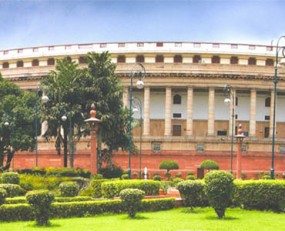
India’s parliament has passed the Goods and Services Tax (GST) bill, paving the way for more efficient logistics networks.
The reform aims to reduce India’s complex tax system down to a single rate, reducing costs significantly for shipping goods across state borders.
At present, everything sold in India is subject to a plethora of taxes, which vary from state to state, fostering protectionism. With the simplification of the system, there will be no more taxes at state borders. The single rate will apply to most goods, although there are certain exemptions, such as fuel and alcohol.
One major knock-on effect for Indian supply chains is likely to be a shift towards centralised distribution strategies, certainly for larger entities. The present system encourages smaller warehouses to be located in each state in order to avoid inter-state taxes, certainly sub-optimal in terms of operational efficiency. The introduction of GST should lead to fewer but larger warehouses, encouraging the development of modern facilities, reducing the share of the unorganised sector.
As elaborated on by PwC India, other consequences will be shorter vehicle downtime at state borders, a better environment for e-commerce, potential opportunities for Free Trade Zones and a re-evaluation of sourcing and manufacturing decisions across the board.
Economists estimate that GST could increase India’s economic growth rate by between 0.5 and 2 percentage points. The New York Times has labelled GST as “the most important economic measure since India opened its markets in 1991.” Sachin Bansal, the co-founder of Indian e-commerce platform Flipkart, described passing the GST bill as “India’s reverse Brexit moment”.
To temper the optimism slightly, there is still a way to go before implementation. While parliamentary approval is a big step forward, at least half of India’s 29 states must also approve the legislation, then the actual tax rate needs to be decided. A government panel has suggested a rate of 17-18%. While the government aims for the tax to be implemented by April 2017, unsurprisingly, many believe that date to be highly optimistic.
Source: Transport Intelligence, August 4, 2016
Author: David Buckby